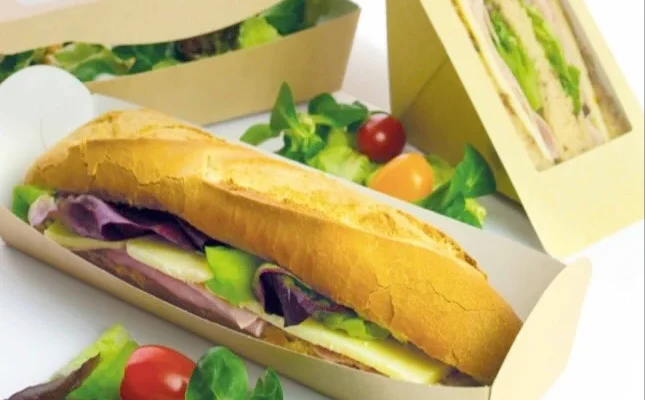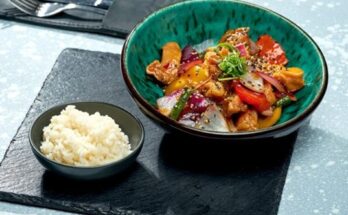The humble plastic food container represents one of humanity’s most ubiquitous innovations, a tool so thoroughly integrated into modern life that we scarcely pause to consider its remarkable properties or the sophisticated engineering behind its simple appearance. Like the protective shells and casings evolved by countless organisms over millions of years, these containers serve the fundamental purpose of preservation, protecting valuable nutrients from the relentless forces of decay, contamination, and environmental degradation. Understanding their properties, applications, and proper selection requires the same systematic approach one might apply to studying any complex adaptive system.
The Science of Food Preservation
In nature, organisms have developed extraordinary mechanisms to protect and preserve nutrients. Seeds develop hard coats, fruits produce protective skins, and animals store food in specialized chambers. The plastic food container fulfils an analogous function in human society, creating a controlled microenvironment that extends the viability of perishable resources.
The preservation capacity of food containers depends upon multiple interacting factors. Material composition determines barrier properties against moisture, oxygen, and light. Design geometry influences stacking efficiency and structural integrity. Closure mechanisms create seals that prevent contamination whilst allowing convenient access. These elements must work in concert, much as different components of an ecosystem interact to maintain overall stability.
Temperature tolerance proves particularly crucial. Containers destined for refrigeration face different challenges than those intended for freezer storage or microwave reheating. Thermal shock, the stress induced by rapid temperature changes, can compromise structural integrity or leach undesirable compounds. Quality food storage solutions account for these stresses through appropriate material selection and engineering design.
Material Properties and Food Safety
The chemistry of food contact materials demands careful consideration. Not all plastics prove equally suitable for food storage applications. Regulatory bodies worldwide, including Singapore’s authorities, maintain strict standards governing which polymers may contact foodstuffs and under what conditions.
Food-grade plastics commonly include:
- Polypropylene (PP), offering excellent heat resistance and chemical stability
- Polyethylene terephthalate (PET), providing clarity and recyclability
- High-density polyethylene (HDPE), delivering robust moisture barriers
- Low-density polyethylene (LDPE), ensuring flexibility for squeezable applications
- Polycarbonate (PC), though increasingly restricted due to BPA concerns
“Consumers increasingly scrutinize the safety credentials of their food storage solutions,” observes a specialist in Singapore’s food packaging sector. “They seek assurance that containers will not transfer harmful substances to their food, particularly when exposed to heat or acidic contents.”
Migration testing, wherein containers are subjected to food simulants under various conditions, provides scientific validation of safety. Reputable manufacturers conduct extensive testing to verify compliance with food contact regulations, ensuring their plastic food container products pose no health risks to users.
Design Considerations for Optimal Functionality
Evolution has repeatedly demonstrated that form follows function. The most successful organisms exhibit morphologies precisely adapted to their ecological roles. Similarly, effective food containers display designs optimized for their intended applications.
Consider the diverse requirements different foods impose. Liquids demand leak-proof seals and appropriate volume gradations. Solid foods benefit from compartmentalized designs that prevent mixing. Fresh produce requires ventilation to prevent moisture accumulation, while leftovers need airtight seals to prevent dehydration and odour transfer.
Stacking ability represents another crucial consideration. Efficient use of refrigerator and cupboard space requires containers that nest securely without wasting volume. The geometry of both the container body and lid influences stacking stability and space utilization.
Transparency often proves valuable, allowing visual inspection of contents without opening containers. However, light-sensitive foods may require opaque materials to prevent photodegradation of nutrients and flavours.
Sustainability and Environmental Responsibility
The ecological impact of disposable plastics has become impossible to ignore. Plastic pollution in marine environments, persistence in landfills, and resource consumption during production all merit serious consideration. Responsible consumers increasingly seek food storage solutions that balance functionality with environmental stewardship.
Reusable plastic food container options significantly reduce waste compared to single-use alternatives. A well-made container used hundreds of times distributes its environmental cost across many applications, dramatically improving its sustainability profile.
Material selection influences recyclability. Mono-material containers prove easier to recycle than multi-layer constructions. Clear labelling with resin identification codes helps consumers dispose of containers properly at end of life.
Some manufacturers now incorporate post-consumer recycled content into new containers, creating circular material flows that reduce virgin plastic consumption. These initiatives, whilst imperfect, represent meaningful progress toward more sustainable systems.
Practical Selection Criteria
Choosing appropriate food storage containers requires assessing multiple factors simultaneously:
- Size range suitable for typical food storage needs
- Microwave, dishwasher, and freezer compatibility as required
- Seal quality and leak-proof performance
- Durability and resistance to staining or odour retention
- Ease of cleaning and maintenance
- Space efficiency through stackable design
- Clear marking for food safety compliance
Singapore’s tropical climate adds another dimension to selection. High ambient temperatures and humidity accelerate degradation processes in both food and containers. Solutions optimized for temperate climates may prove inadequate under these conditions.
Maintenance and Longevity
Proper care extends container lifespan whilst maintaining food safety. Thorough cleaning prevents bacterial growth and cross-contamination. Avoiding abrasive scrubbers preserves surface integrity, preventing scratches that harbour microorganisms. Respecting temperature limitations prevents warping and premature failure.
Regular inspection allows early detection of wear. Compromised seals, cracks, or persistent odours signal that replacement has become necessary. Whilst quality containers withstand years of service, they are not immortal.
Conclusion
The selection of food storage solutions, like any ecological decision, requires balancing multiple competing factors. Safety, functionality, durability, and environmental impact all demand consideration. Those who approach this choice systematically, armed with understanding of material properties and design principles, make informed decisions that serve their needs whilst minimizing unnecessary waste. The optimal plastic food container emerges from thoughtful analysis rather than impulse, rewarding careful selection with years of reliable service.


